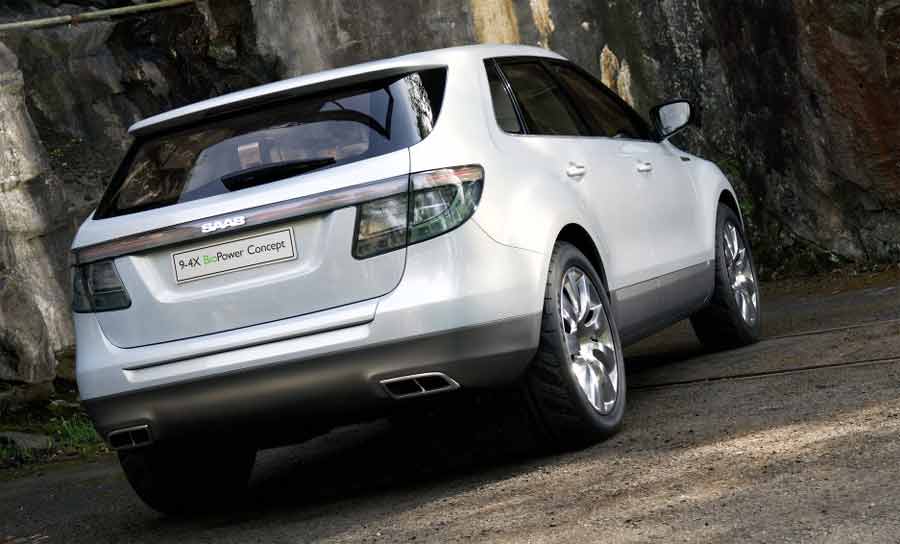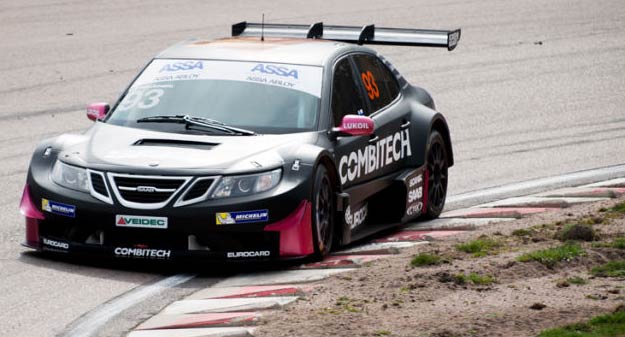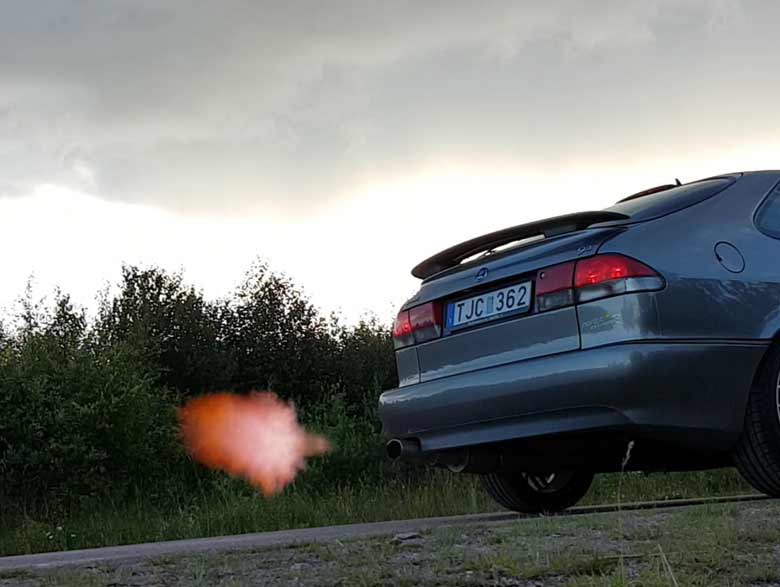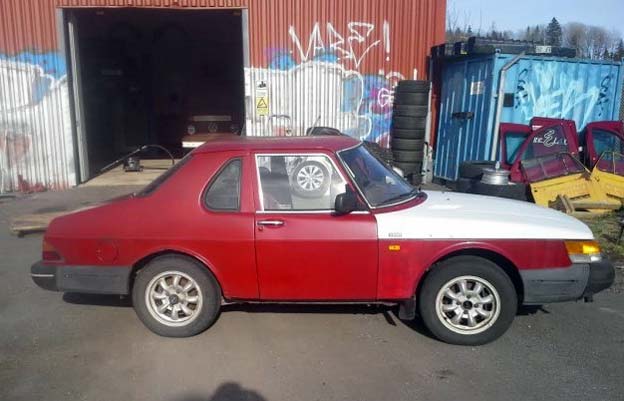It’s been almost 10 years now that there are no new Saab cars on the streets of cities around the world. Thanks to enthusiasts, proud owners, good maintenance and quality vehicles, many of us still enjoy the daily driving of a Saab cars.
Unfortunately, at the end of the last decade, the global economic crisis acted as an additional catalyst for the economic downturn of many automotive brands and the car industry in general. Some recovered, some did not, and some came out stronger.
Basically, the automotive industry has suffered tectonic disturbances that are still felt today, and so in the last couple of months we have an association of large car giants because of cost reductions (and overall, economic survival in the market).
But many Saab fans are wondering, what would Saab look like today in the market, and what kind of cars could we expect after 2010? Below is a brief reminder of the planned activities, that is, what Saab was preparing for customers at the end of the last decade.
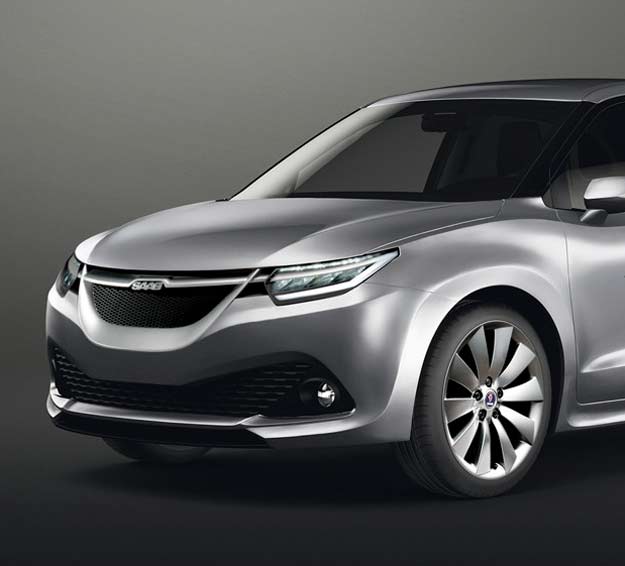
Table of Contents
Saab 9-1
Due to the high market demand (then) for smaller city cars, it was expected that Saab would introduce its model in this car market segment. Saab showed the 9-X BioHybrid Concept in Geneva in March 2008. The GM Executives gathered there used some very cautious language when speaking about a production version of the car.
At that time, Bob Lutz from GM Europe said that if it’s produced, it wil be called a Saab 9-1, so that’s the name we’ll go with here. The thing to remember is that as of that showing in Geneva that year, the hadn’t been signed off for production to the best of our knowledge. Even as a mere announcement, the car was very well received in public. If this announcement came true, the 9-1 could have been manufactured in Trollhattan, as the next-generation Delta vehicle platform needed to be built there (once the 9-5ng ships out to Russelsheim).
It is important to note that at that time there were three other GM factories around the world that could produce on this DELTA platform, so there were some flexibility in terms of managing manufacturing to produce cars in markets that’ll take best avantage of currency fluctuations.
The 9-X BioHybrid Concept needed to be redesigned to make it economically viable and depleted of some advanced features, and cost-effective items like mirrors (instead of reversing cameras), 16 or 17 inch wheels, a C-pillar that allows for rearward vision, some extra height and a producable interior. The new Delta platform was then designed to be built with hybrid drivetrain, from the very beginning.
All of these plans have failed, and GM’s last production car, based on the Delta platform, is the Opel Zafira B, which was manufactured by 2014. Yet, just a few years after this, instead of small-town cars, the focus of the auto industry has shifted to a new crossover segment. The Saab 9-1 was supposed to hit the market between 2010 and 2012, but due to a host of known circumstances, it didn’t.
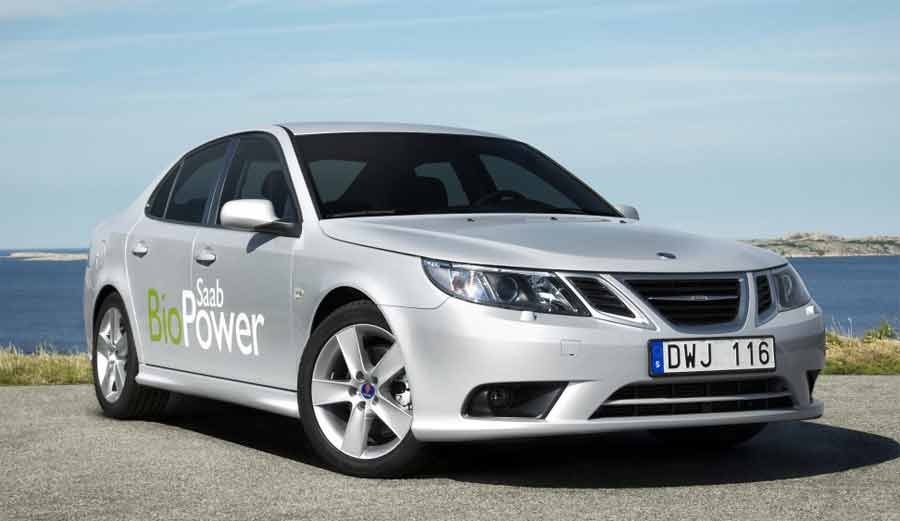
The Next-Generation Saab 9-3
The Saab 9-3 received a major refresh for the 2008 model year, with more than 2,100 changes to the vehicle, the addition of the TTiD engine and the XWD drivetrain. Later in 2008, Saab introduced the XWD SportCombi, which was raised a few inches and had a slightly more robust trim. It was the Saab 9-3x, an “anti-SUV” that offers all the space most people need, but is likely to be largely ignored by many markets as markets are like that.
In early 2008, it was announced that the next-generation Saab 9-3 would be built on the upcoming Delta architecture. This was a smaller architecture than the Epsilon II architecture that the car was originally planned for, but still this platform needed to allow enough space at that time.
Then, It was believed that this decision has been taken to better differentiate between the Saab 9-3 and the Saab 9-5, as well as to have Saab’s volume seller retain a good efficiency rating. This decision then indicated that 9-3 could be manufactured at a plant in Trollhattan.
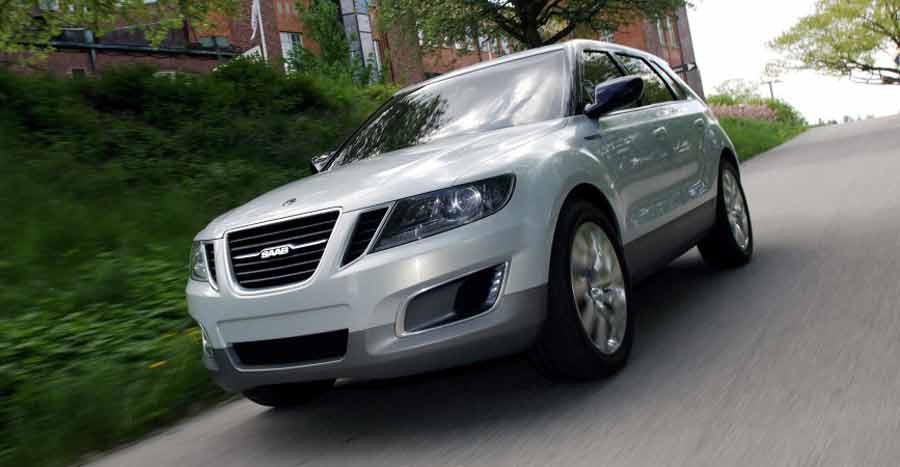
Saab 9-4x
First shown in Detroit in January 2008 as a four-cylinder BioPower model, the Saab 9-4x is a five-seater crossover SUV featuring a “range” of engines (in fact, due to various limitations, the choice of engine was not great – two petrol V6 engines). Production of the 9-4X began in 2011, at General Motors’ Ramos Arizpe Assembly in Mexico, but stopped before the end of that year due to the bankruptcy of Saab.
It was planned for the Saab 9-4x to appear even before the new Saab 9-5, but due to numerous problems, the 9-4x was delayed. Accompanying reports suggested that the Cadillac SRX would commence production in May 2009 with the Saab 9-4x to commence shortly thereafter, in the Fall of 2009. The 9-4X began selling as a model year of 2011 vehicle in June in the United States, and in August elsewhere. The 9-4X was the only Saab built in Mexico.
In November 2011, General Motors announced that production of the 9-4X would be ended. The reason was that GM’s management did not want to outsource the “modern” chassis and engine to a Chinese buyer who was a potential competitor to GM in China.
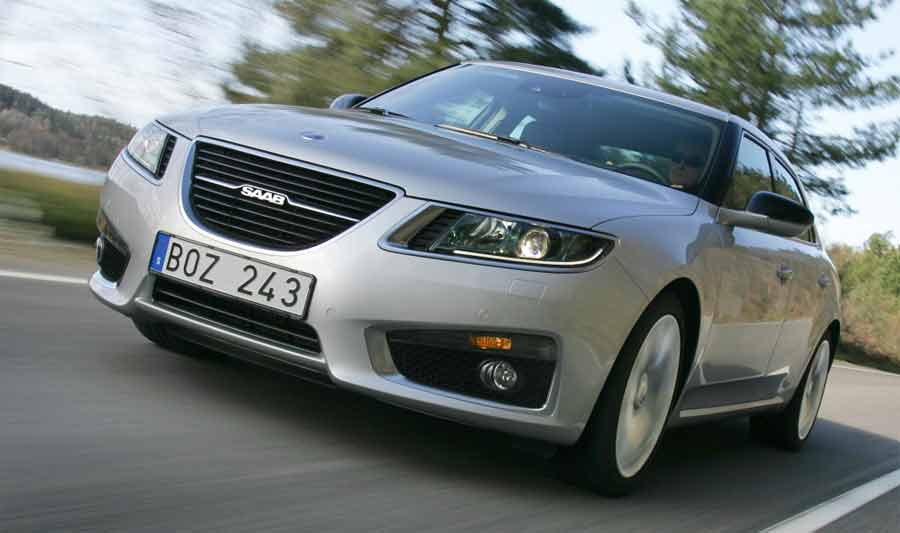
Saab 9-5ng
Models of the next-generation 9-5 sedan and estate were shown to a GM gathering in Europe, in May 2008. And, at that moment, it was announced that the new model would be launched in 2009, at the Geneva Motor show, but a new generation 9-5 built on the Global Epsilon platform was presented at the Frankfurt International Auto Show in September 2009.
At that time, The “Old” Saab 9-5 was propped up by Biopower sales in Sweden and was selling very few units elsewhere. The outgoing model was due to receive a special edition release later in 2008 to see out its time as yet another long-serving Saab model. The last Saab 9-5 sedan of the first generation rolled off the Trollhättan production line at the beginning of July 2009, and the last wagon was assembled on February 1, 2010.
And the fate of the 9-5 next generation was sealed, and final. Production of the 9-5ng ended in March 2011 with Trollhättan production stopping due to the company’s failing liquidity. Total production numbers of the Gen II Saab 9-5 ended at 11,280 units. Even worse was the Saab 9-5ng Sportcombi variant of the car, several prototype vehicles and a number of production SportCombis were manufactured, but this did not imply official production and these cars never went on sale..

